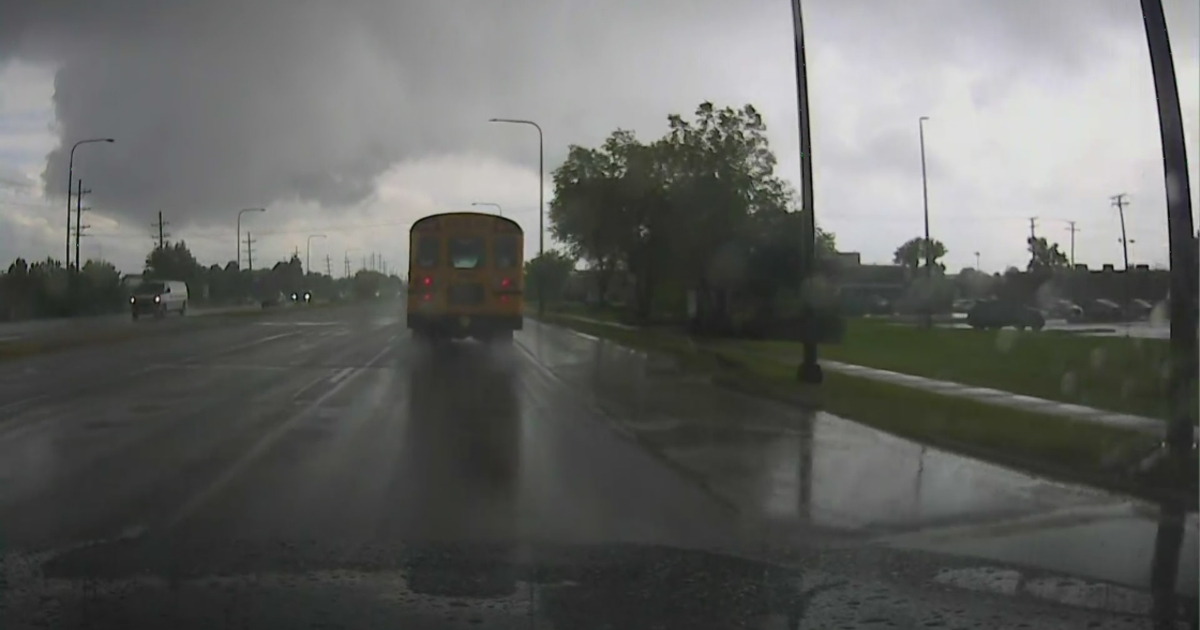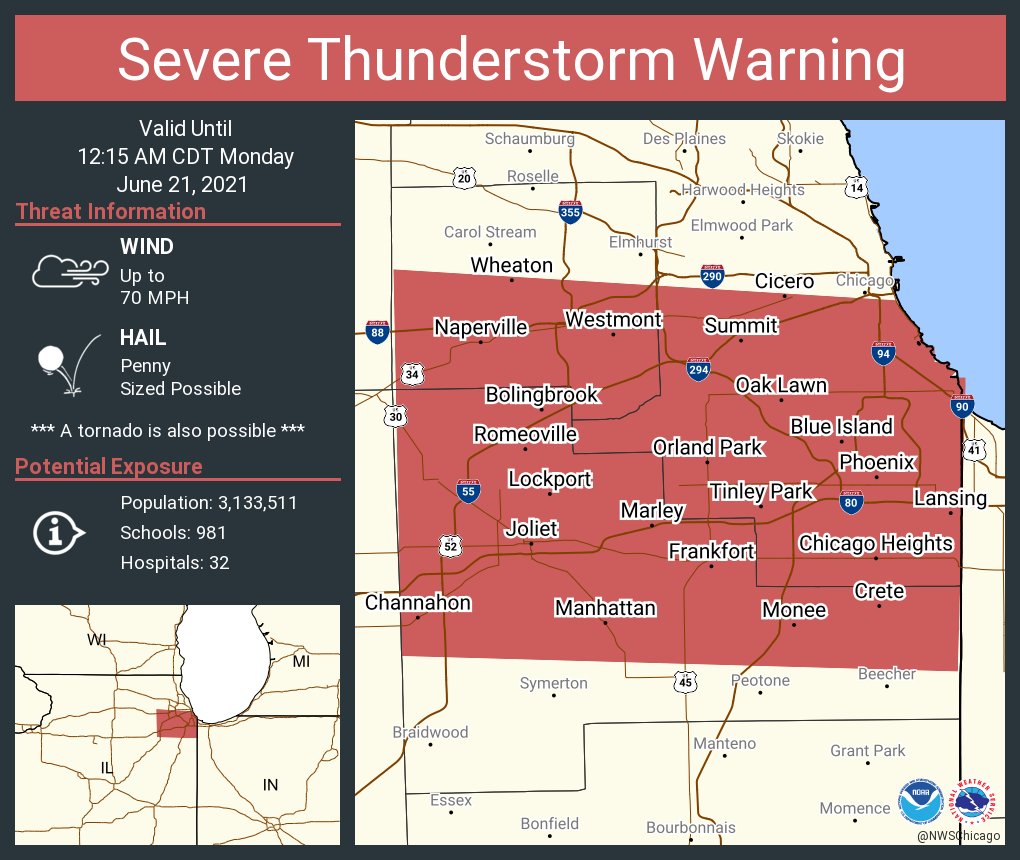Tornado warning Chicago is a critical topic for anyone living in or visiting the area. Understanding the risks, knowing the warning signs, and preparing for emergencies can save lives. This guide provides comprehensive information on tornado warnings in Chicago, helping you stay safe and informed.
Chicago is no stranger to severe weather, and tornadoes are a real threat during certain seasons. Residents and visitors alike need to be aware of the dangers and take the necessary precautions to protect themselves and their loved ones.
In this article, we will explore everything you need to know about tornado warnings in Chicago, from understanding the science behind tornadoes to practical steps for emergency preparedness. Let's dive in!
Read also:Who Is Kellen Moores Wife Unveiling The Life Of The Nfl Coachs Better Half
Table of Contents
- Introduction to Tornadoes
- What is a Tornado Warning?
- Tornado History in Chicago
- Tornado Season in Chicago
- Tornado Warning Systems
- Safety Tips During a Tornado Warning
- Emergency Preparedness
- Frequently Asked Questions
- Tornado Statistics in Chicago
- Conclusion
Introduction to Tornadoes
Tornadoes are one of nature's most violent and unpredictable phenomena. These powerful rotating columns of air can cause widespread destruction in a matter of minutes. Understanding the basics of tornadoes is essential for anyone living in tornado-prone areas like Chicago.
How Tornadoes Form
Tornadoes typically form during severe thunderstorms when warm, moist air meets cold, dry air. This creates instability in the atmosphere, leading to the development of a rotating updraft known as a mesocyclone. If conditions are right, this rotation can extend to the ground, forming a tornado.
Tornado Classification
Tornadoes are classified using the Enhanced Fujita (EF) Scale, which rates their intensity based on the damage they cause. The scale ranges from EF0 (weakest) to EF5 (strongest). Even weaker tornadoes can be dangerous, especially in urban areas like Chicago.
What is a Tornado Warning?
A tornado warning is issued when a tornado has been sighted or indicated by weather radar. It means that a tornado is imminent or already occurring in the area. Unlike a tornado watch, which indicates favorable conditions for tornado formation, a warning requires immediate action to ensure safety.
Difference Between a Tornado Watch and Warning
- Tornado Watch: Conditions are favorable for tornadoes to develop. Stay alert and prepare to take action.
- Tornado Warning: A tornado has been spotted or indicated by radar. Take shelter immediately.
Tornado History in Chicago
Chicago has experienced several significant tornado events throughout its history. While not as frequent as in other parts of the Midwest, tornadoes in Chicago can still cause substantial damage due to the city's dense population and infrastructure.
Notable Tornado Events in Chicago
One of the most memorable tornado events in Chicago occurred on April 21, 1967, when an EF4 tornado struck the city, causing significant destruction and loss of life. This event highlighted the importance of tornado preparedness in urban areas.
Read also:Savannah Guthrie Today Show A Closer Look At Her Journey And Impact
Tornado Season in Chicago
Tornado season in Chicago typically occurs during the spring and early summer months, peaking between April and June. However, tornadoes can occur at any time of the year if the atmospheric conditions are right.
Seasonal Patterns and Trends
According to the National Oceanic and Atmospheric Administration (NOAA), tornado activity in Chicago tends to increase during the late afternoon and early evening hours. This is due to the convergence of warm and cold air masses during these times.
Tornado Warning Systems
Effective warning systems are crucial for minimizing the impact of tornadoes. In Chicago, residents can rely on various tools and technologies to stay informed about potential threats.
Weather Alerts and Notifications
- National Weather Service (NWS): Provides real-time updates and warnings through their website and mobile app.
- Local News Stations: Broadcast emergency alerts and updates during severe weather events.
- Wireless Emergency Alerts (WEA): Sends automatic notifications to mobile devices in affected areas.
Safety Tips During a Tornado Warning
Knowing what to do during a tornado warning can make all the difference. Here are some essential safety tips to keep in mind:
Indoor Safety Measures
- Seek shelter in a basement or an interior room on the lowest level of the building.
- Avoid windows and exterior walls, as they can shatter during a tornado.
- Protect your head and neck with a helmet or cushion.
Outdoor Safety Measures
- If caught outdoors, find a low-lying area and lie flat, covering your head with your hands.
- Stay away from trees, power lines, and other potential hazards.
Emergency Preparedness
Being prepared for a tornado involves more than just knowing what to do during a warning. It requires planning and organizing resources in advance.
Creating an Emergency Kit
Your emergency kit should include essential items such as:
- Water and non-perishable food for at least three days
- First aid supplies
- Flashlights and batteries
- Important documents and medications
Frequently Asked Questions
How Common Are Tornadoes in Chicago?
While not as frequent as in other parts of the Midwest, tornadoes do occur in Chicago. On average, Illinois experiences around 30 tornadoes per year, with some affecting the Chicago area.
What Should I Do If I Am Driving During a Tornado?
If you are driving during a tornado warning, pull over and find a safe place to park. Stay in your vehicle with your seatbelt on, and cover your head with a blanket or jacket. Avoid seeking shelter under bridges or overpasses, as they can be dangerous.
Tornado Statistics in Chicago
Data from the National Weather Service shows that tornadoes in Chicago are relatively rare compared to other states in Tornado Alley. However, when they do occur, they can cause significant damage. For example, between 1950 and 2021, Illinois recorded over 1,300 tornadoes, with some impacting the Chicago metropolitan area.
Conclusion
Tornado warning Chicago is a critical topic for anyone living in or visiting the area. By understanding the risks, recognizing warning signs, and preparing for emergencies, you can protect yourself and your loved ones during severe weather events. Remember to stay informed through reliable sources and have an emergency plan in place.
We encourage you to share this article with friends and family to help spread awareness about tornado safety. For more information on severe weather preparedness, visit trusted resources such as the National Weather Service or the Federal Emergency Management Agency (FEMA). Stay safe and prepared!


